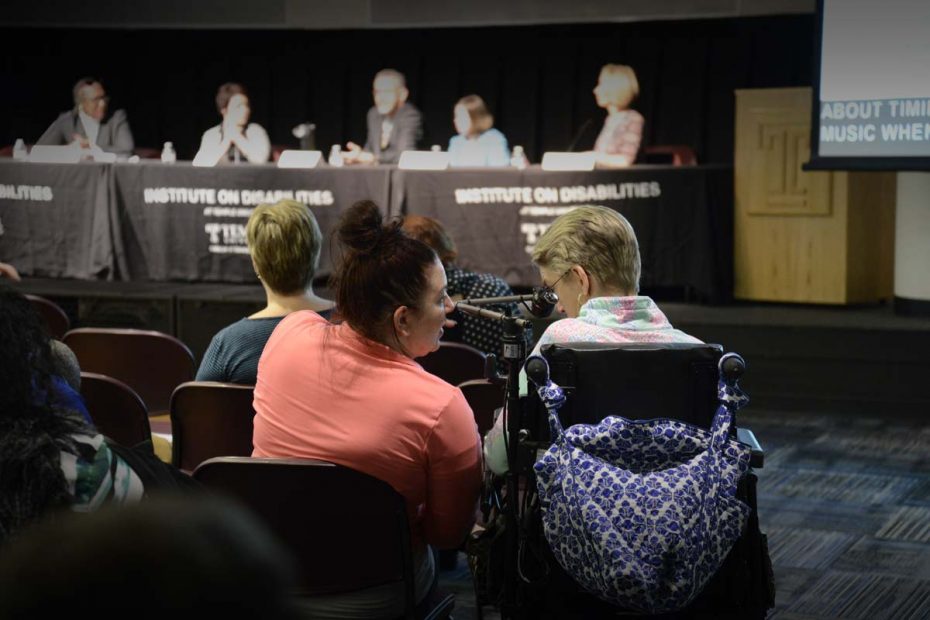Disability Justice and Multiple Marginalizations
In February 2019, Cheema, Meagher, and Sharp posted a blog on “Multiple Marginalizations: What Bioethics Can Learn From Black Feminism” (Multiple Marginalizations: What Bioethics Can Learn From Black Feminism |… Read More »Disability Justice and Multiple Marginalizations
